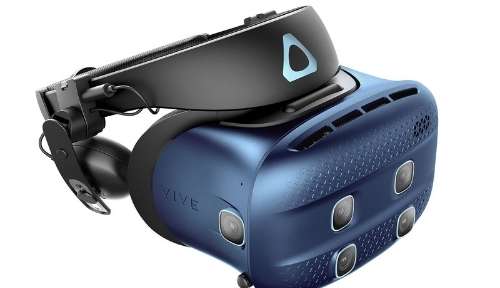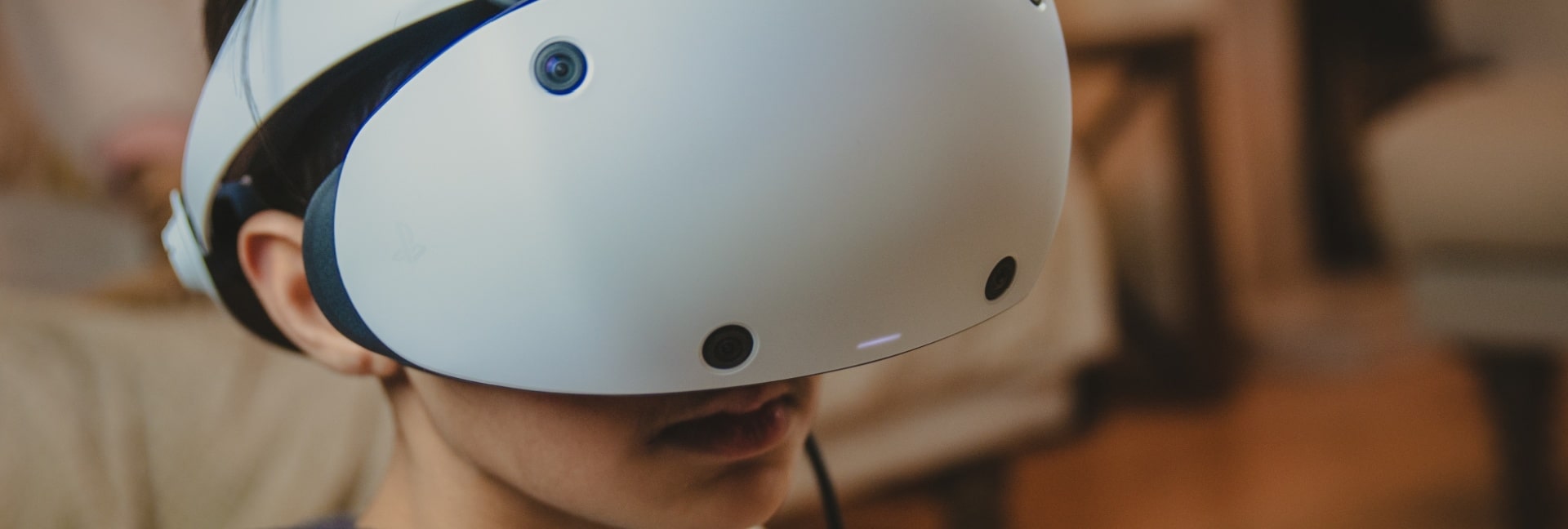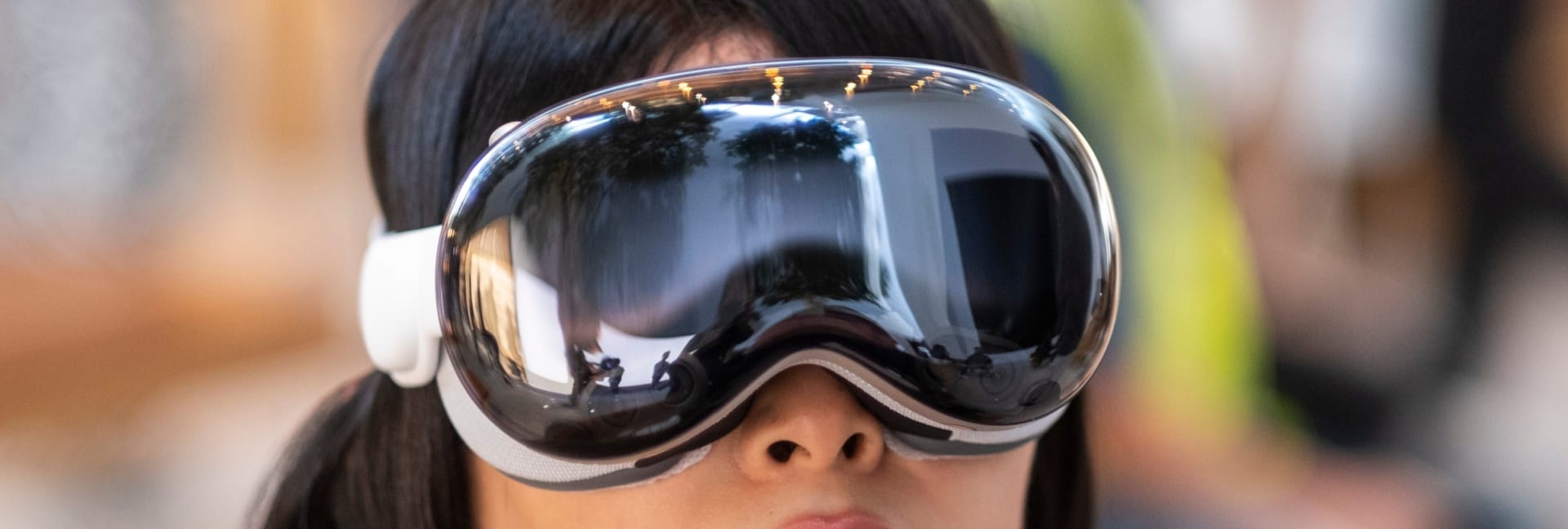
Wang-Tsu Liu is the co-founder of Happinss VR, forming Happinss VR after experimenting with different applications for 360 video and virtual reality technology. Happinss VR are a VR and 360 Video technology company who specialise in creating mobile applications that use a mix of VR, 360 visuals, guided meditation and music to help foster wellness in corporate settings.
We previously have written about the progress of virtual reality in the corporate world, and how it is increasingly being used as part of wellness programmes. One such company is Happinss, who opened the first virtual reality wellness room in Guatamajala. We were fortunate enough to get an interview with Happinss co-founder, Wang-Tsu Liu about their breakthrough, how VR and wellness can help each other and the future of VR in the corporate world.
Take me to the very start. How did Happinss VR come into being and where did the idea of using VR for boosting people’s wellness begin for you?
After closing my business in Mexico during the swine influenza outbreak in Mexico in 2009 I moved back to Canada and started a new life, shift my focus from a working mindset to doing things that I really loved, joined a couple of friends and started doing expeditions to remote locations around the world and with the help of social media we started sharing our adventures with the world, more and more people followed and a pattern started to emerged, we realise that many people followed because they wanted to travel and get inspired they used our social media to get away from the work hassles and mundane task of everyday life.
Years later I moved back to Mexico and reconnected with my now co-founder who invited me to work at The Ministry of Innovation, Science and Technology in the state of Jalisco, we worked together for two years, since the beginning we started exploring the idea of working on a project together and I told him I wanted to bring this experiences from my expeditions in a more tangible way to the masses, that’s when we got introduce to 360 video.
We realised 360 Video and Virtual reality were technologies that were ripe for harvest and we decided to go all in, we experimented with 360 video for two years and then my co-founder after a design thinking course and a personal experience with a family member having been diagnosed with bi-polar depression, and finding that music therapy helped her jumpstart the process of recovery, he came up with the idea of integrating music therapy and guided meditations to this immersive experiences and that is how Happinss was born.
Guided meditation, soothing music and calming visualisations are all part of wellness techniques widely used in corporate settings, educational institutions and the like. Given that VR is often characterised as a rather intense experience, how do you feel VR enhances the effect of these relaxation therapies?
VR is an enhanced experience by itself, most people use it for gaming or horror experiences, but we realized that it can enhance soothing experiences as well, transporting people to spectacular nature locations around the world, with VR it enhances the sense of freedom, it creates a sense of tranquility, it help you focus, in a more rapid and efficient way, it allows the user to just be there in an instant without having to think about it or concentrate. It forces you first to experience the world through your eyes which have direct access to your brain and then it allows for other senses to come into play.
What is the main technology you use for Happinss VR’s wellness rooms and why choose that technology over the many other technological strands available in VR?
The reason behind the relaxation room is to create a door way to the experience, once the user steps into the room starts to prepare for the experience almost immediately, they feel isolated from the work environment, they have a comfortable room to seat an relax, they feel surrounded by nature so their brain is more susceptible to more positive stimulus.
We use three different kinds of stimulus within the VR experience, first we use 360 video because we believe the environment where you immerse yourself has to be real, the closer to reality the easier will be to fool your brain to create a real positive experiences, there is a plethora of information and hard data to believe in the power of nature and its therapeutic effects on the brain, second we use environment sounds and therapeutic music, audio as important if not more important than the visuals, is a powerful tool to stimulate the brain in many different ways and finally we use mindfulness meditations for people that would like a guide through the experience and to introduce them to the widely use of mindfulness in every day life.
Happinss is one of the first VR solutions to harness the power of virtual reality and biofeedback combined to generate a personalised stress management program so you can create your own path to a better self
Through our continuous studies and testing we have found that this specific cocktail of positive stimulus has an immediate effect in alleviating stress and anxiety in the brain and can help people deal with their everyday issues
Congratulations on the launch of the Happinss VR room with AMDOCS at the LATAM facility in Guadalajara, Mexico, the first of its kind in a corporate environment. How was the reception to the new wellness room, and what are you expecting will be the effect on the wellness of LATAM’s employees as an aid to employee wellbeing?
Its was a total success, the President of HR Karmit Shilo came out of it completely relaxed and went back to their HQ to analyze the possibility to deploy to their sites around the world for their 28K employees. As a result most of their 400 employees felt a sense of pride working for a company that utilizes this kind of technology as a tool to have a better work life balance.
We are monitoring very closely to see how the employees take advantage of this room and we are also conducting a study with 30 volunteers to measure their progress with our psychotherapists to quantify the benefits VR brings to the workplace. We already have interest from several corporations and we see the adoption of this particular technology in the workplace will be welcome and encouraged, and since there will be a 6% increase in corporate wellness program within the next 4 years in the US we believe this will be a preferred solution for many.
Guadalajara, Mexico is a well known Tech hub in LATAM and corporate wellness culture is at the core of the tech companies in the city, as more corporation in other industries incorporate the same culture, we will see a steep curve in the adoption of new technologies for wellness purposes. Brazil, Argentina and Chile are already working towards that goal and soon enough many more LATAM countries will join.
How widely will Happinss VR’s system be taken up do you think? Is it something that is purely for corporate wellness or do you foresee some kind of adoption into consumer markets for therapeutic VR?
Happinss solutions will be adopted in the corporate world because of low cost and high impact, the solution is aimed to corporations with over 150 employees, but really anybody can use it, so there is plenty of companies in US, Canada and LATAM that can benefit from the use of HAPPINSS, in the near future we foresee applications for many other industries.
Where is the next step for Happinss VR? What is the general plan for rolling out over the months and years ahead?
Happinss has a cardboard app on iOS and Android, it can be downloaded for free and in a couple of weeks we will launch a Gear VR and Google Daydream apps fully immersive with full use of the controller, it will have a freemium model with better features and new content featured every month. Happinss will be in 4 continents by the end of the year and hopefully in millions of households.
Happinss will evolve to bring immersive multi-sensory experiences to the masses incorporating haptics and computer vision as technology progresses and it becomes affordable for every body.
Where do you see VR going over the next few years?
We believe VR will continue to grow as it penetrate specific industries and specific application with specific use cases in entertainment, healthcare, education and tourism, VR still has to prove its potential in healthcare and companies like use are pushing the boundaries to make it a viable solution for many







